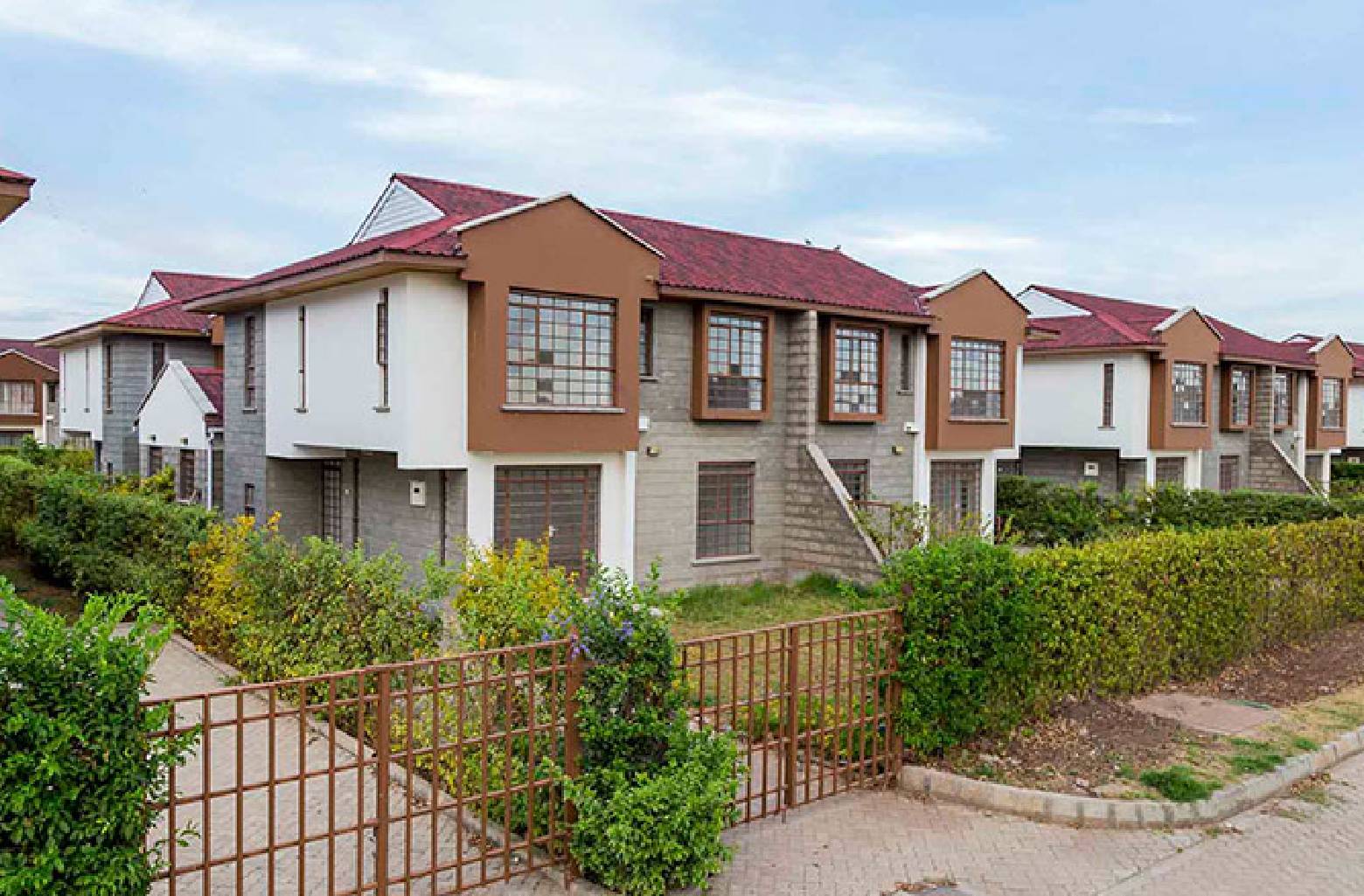The Rental market, once a steadily growing sector, has experienced a paradigm shift in recent times. Various factors, including rising home prices, the impact of the sharing economy, a growing population, low homeownership rates, and considerations of affordability, have collectively contributed to a significant transformation.
This shift not only alters the landscape of how people perceive property rental but also presents unique investment opportunities. Additionally, the concurrent rise in mortgage interest rates has prompted a reevaluation of the economic viability of purchasing a home versus renting.
This comprehensive exploration delves into the multifaceted reasons behind the impending explosion in the market and its implications for investors.

Rising Home Prices and the Housing Affordability Challenge
A primary catalyst for the surge in the rental market is the continuous escalation of home prices. This trend has made homeownership an increasingly elusive goal for many individuals. Millennials, burdened by rising student loan debt and stagnant wages, often find it challenging to accumulate the necessary funds for a substantial down payment.
Additionally, the exorbitant prices in desirable neighborhoods or cities further deter potential homebuyers.
The Sharing Economy's Influence on the Rental Landscape
The sharing economy, characterized by peer-to-peer exchanges facilitated by digital platforms, has played a pivotal role in reshaping the rental market. Services such as Airbnb and VRBO have gained prominence, providing individuals with flexible and convenient short-term rental options.
The prevalence of mobile apps and websites has accelerated this trend, allowing people to access living arrangements tailored to their immediate needs. The COVID-19 pandemic has further fueled the demand for short-term leases, reflecting a preference for flexibility in uncertain times.

A Growing Population and Declining Homeownership Rates
Global population growth has led to an increased demand for rental properties, particularly in urban areas. In some regions of the U.S., population growth has surpassed 10% since 2010, creating a surge in potential tenants. Simultaneously, homeownership rates in the U.S. have declined, dropping from 64% in 2004 to 60% in 2022.
This decline signifies a shift towards renting, contributing to heightened demand and subsequently driving up rental prices.
Affordability Considerations and Demographic Shifts
The affordability factor plays a crucial role in the rental market’s expansion. In expensive markets like San Francisco and New York City, high property costs make renting a more financially viable option than purchasing a home. w
The substantial initial costs associated with buying a home, such as a million-dollar down payment, property taxes, and maintenance fees, make renting an appealing alternative. This affordability dynamic is particularly relevant for demographics such as young professionals, millennials, and retirees seeking comfort without the long-term commitments of homeownership.

Implications for Investors: Seizing Opportunities in a Dynamic Market
Investors stand to benefit from the evolving rental market by strategically capitalizing on the shifting trends. While increased rental prices can impact demand, they also create opportunities for investors to explore markets with a high demand for rentals due to elevated housing costs relative to salaries.
This is especially pertinent in expensive cities where renting is a pragmatic choice for those adhering to budget constraints.Investors can leverage short-term rental opportunities through platforms like Airbnb and VRBO, offering high returns with lower risks compared to traditional long-term investment strategies.
These services empower investors to adapt swiftly to changing market conditions, allowing for a flexible portfolio that aligns with dynamic demand patterns. This adaptability minimizes the risk associated with sudden market shifts, providing investors with the agility to redirect their investments for optimal returns.

Conclusion: Rental market
The rental market’s evolution is propelled by a confluence of factors, including rising home prices, the influence of the sharing economy, population growth, declining homeownership rates, and considerations of affordability. As the demand for rentals continues to soar, investors are presented with unprecedented opportunities to navigate this dynamic landscape.
By understanding the intricacies of these trends and strategically positioning themselves, investors can capitalize on the potential for higher returns in the rental market compared to traditional real estate investment avenues.
The evolving nature of the rental market invites investors to embrace innovation, seize short-term rental opportunities, and adapt their portfolios to the changing preferences of a diverse and dynamic tenant population.

Ultimately, shifts in demographics have contributed to the expansion of the rental market. As Millennials, the most extensive generation in history, transition into adulthood and enter their prime earning phases, their quest for economical housing solutions intensifies.
This is particularly noteworthy given the significant burden of student loan debt they carry, coupled with the challenges posed by established generations in terms of job opportunities and wages.Consequently, there is a heightened need for rental accommodations, resulting in elevated prices and presenting more favorable prospects for investing in rental properties.
Check out Le Blossoms restaurant for an amazing Chinese food. It is located in China Garden, United Nations Ave, Nairobi.


